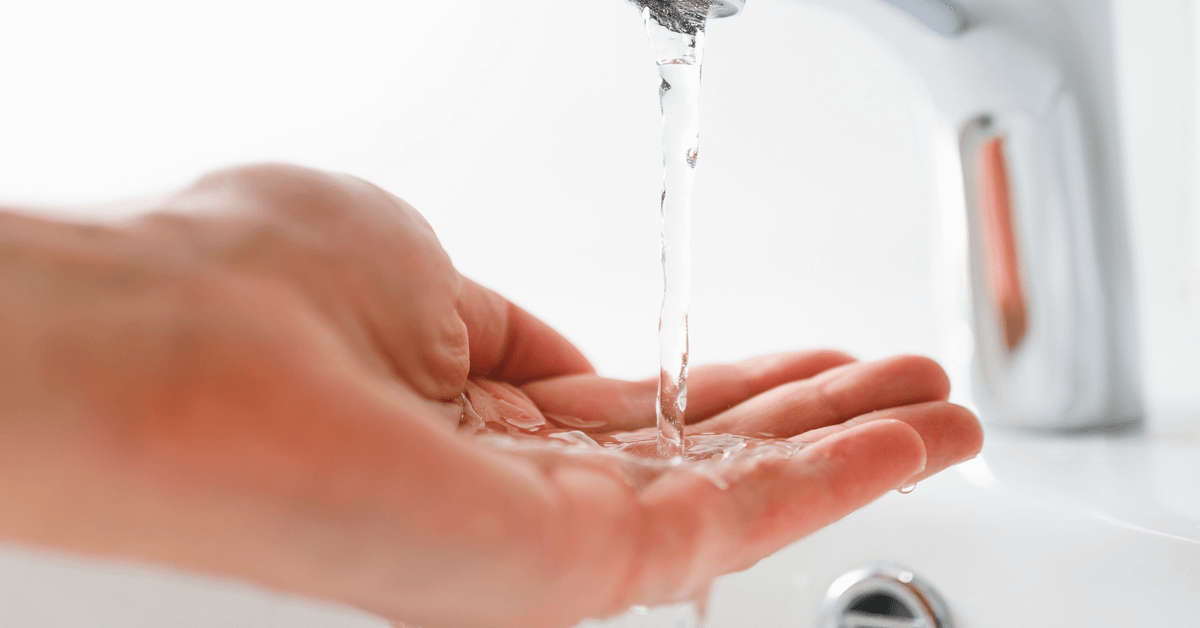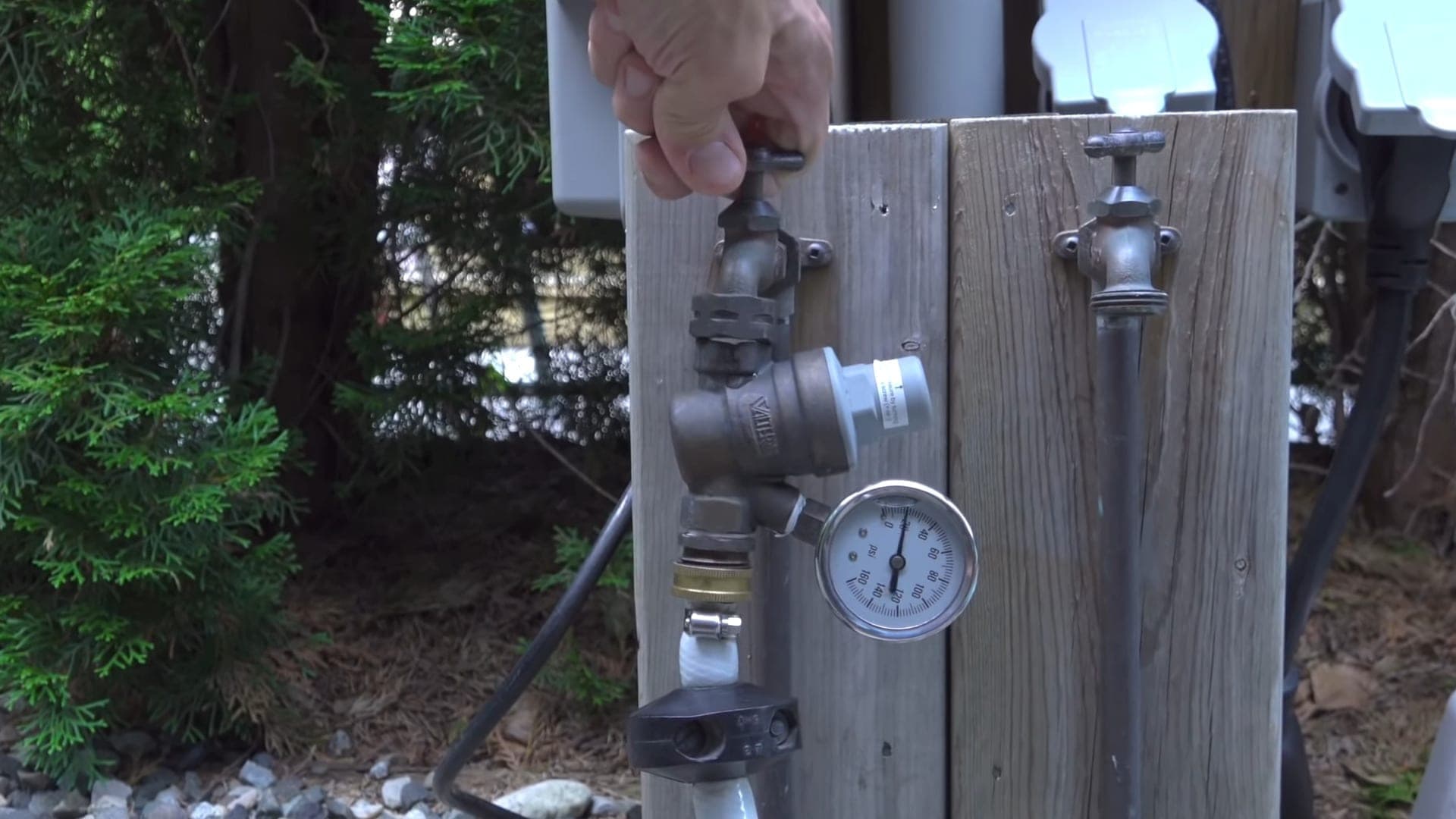Helpful Remedies for Managing Low Water Pressure in Your Home
Helpful Remedies for Managing Low Water Pressure in Your Home
Blog Article
Presented here on the next paragraphs you can locate a good deal of outstanding expertise all about 9 Reasons for Low Water Pressure in Your House.

Low tide stress in your home can be an irritating trouble, affecting every little thing from showering to cleaning recipes. If you're experiencing weak water circulation, there are several possible causes and solutions to check out. In this guide, we'll discuss typical factors for low tide pressure and practical steps to deal with the issue properly.
Introduction to Low Water Stress
Low water stress takes place when the flow of water from your taps, showers, and various other fixtures is weak than usual. This can make day-to-day jobs a lot more tough and much less efficient. Recognizing the causes of low tide pressure is vital to discovering the ideal option.
Common Reasons For Low Water Pressure
Pipe Obstructions
Gradually, pipelines can become obstructed with mineral deposits, debris, or debris, limiting the circulation of water. This is a common concern in older homes with galvanized steel pipelines.
Corrosion
Corrosion within pipes can cause leaks and lowered water pressure. Rust build-up can tighten water flow, particularly in aging plumbing systems.
Faulty Stress Regulatory Authorities
Stress regulatory authorities are responsible for maintaining constant water stress in your house. If they malfunction, it can lead to low tide stress or uneven circulation throughout your house.
Local Water Supply Issues
Sometimes, the problem lies outside your home. Local water issues, such as main line leaks or maintenance job, can temporarily decrease water pressure in your area.
How to Detect Low Water Pressure
Checking Faucets and Fixtures
Beginning by examining the water stress at different faucets and components throughout your home. If the problem is isolated to certain areas, it may indicate localized issues.
Evaluating Pipes
Evaluate visible pipes for signs of leaks, deterioration, or blockages. Pay attention to any uncommon noises, such as banging or rattling pipelines, which could suggest issues within the plumbing system.
Consulting with a Plumber
If you're unable to identify the cause of low tide stress, think about employing a specialist plumber to conduct a detailed examination. They can recognize underlying concerns and suggest proper options.
DIY Solutions to Deal With Low Water Stress
Cleansing Aerators and Showerheads
Natural resources can accumulate in aerators and showerheads, lowering water circulation. Eliminate and clean up these components consistently to enhance water pressure.
Flushing Hot Water Heater
Debris build-up in the water heater can restrict flow and minimize performance. Flushing the container regularly assists eliminate sediment and keep ideal performance.
Examining Stress Regulatory Authority
Make sure that the stress regulatory authority is operating properly. Readjusting or replacing the regulatory authority can assist restore appropriate water pressure throughout your home.
Cleaning Clogs in Water Lines
For small clogs, attempt making use of a plumbing serpent or chemical drainpipe cleaner to clear blockages in pipelines. Be cautious when using chemicals and comply with safety and security standards.
When to Call an Expert Plumber
If DIY initiatives stop working to resolve the issue or if you presume significant plumbing problems, it's ideal to seek support from a certified plumber. They have the proficiency and devices to attend to complicated problems safely and successfully.
Safety Nets to Preserve Water Pressure
Routine Maintenance
Schedule regular upkeep for your plumbing system to avoid concerns such as corrosion, leakages, and blockages. Addressing minor problems early can aid avoid even more substantial repairs in the future.
Setting Up a Stress Booster
Take into consideration installing a pressure booster pump to improve water pressure in locations with regularly low flow. This can be specifically valuable for multi-story homes or residential or commercial properties with high-demand fixtures.
Tracking Water Use
Bear in mind water usage habits and prevent overtaxing the plumbing system. Easy changes, such as shocking showers and laundry lots, can assist maintain sufficient water pressure.
Conclusion
Taking care of low water stress can be irritating, however recognizing the underlying reasons and carrying out suitable services can bring back optimal flow throughout your home. Whether it's cleansing aerators, evaluating pipes, or consulting with a plumber, taking proactive actions can guarantee a constant supply of water for your day-to-day needs.
FOUR WAYS TO FIX LOW WATER PRESSURE NOW
Turning on a shower or faucet only to find the water comes out in a sad, slow drizzle is never a good feeling. How exactly are you supposed to wash a pan or take a quick shower when it takes 10 minutes just to rinse off a little soap? The good news is that when your water pressure is bad, there's always a cause: typically one that can be easily fixed. Here are some of the most common causes of low pressure and what you can do to fix the issue:
DEBRIS AND MINERAL DEPOSIT BUILDUPS
If you notice low water pressure from just one or two of the fixtures in your house, the problem likely has to do with debris buildup. Water is full of minerals and other debris, all of which can accumulate in your pipes and on your fixtures. This can cause a blockage that affects how much water flows through. To fix this, try filling a small plastic bag with white vinegar, and use a rubber band to hang it around your showerhead or faucet. Let the head of the fixture soak for a few hours, and the vinegar should loosen the deposits.
WATER LEAKS
Leaks are another common cause of low water pressure. If water is flowing out of your plumbing through a hole or crack before it can reach your fixture, the pressure coming out of the faucet or showerhead will be lower. A plumbing professional is your best bet for finding and repairing a leak in your water supply pipes.
Leaks are another common cause of low water pressure. If water is flowing out of your plumbing through a hole or crack before it can reach your fixture, the pressure coming out of the faucet or showerhead will be lower. A plumbing professional is your best bet for finding and repairing a leak in your water supply pipes.
FOUR WAYS TO FIX LOW WATER PRESSURE NOW
Turning on a shower or faucet only to find the water comes out in a sad, slow drizzle is never a good feeling. How exactly are you supposed to wash a pan or take a quick shower when it takes 10 minutes just to rinse off a little soap? The good news is that when your water pressure is bad, there's always a cause: typically one that can be easily fixed. Here are some of the most common causes of low pressure and what you can do to fix the issue:
DEBRIS AND MINERAL DEPOSIT BUILDUPS
If you notice low water pressure from just one or two of the fixtures in your house, the problem likely has to do with debris buildup. Water is full of minerals and other debris, all of which can accumulate in your pipes and on your fixtures. This can cause a blockage that affects how much water flows through. To fix this, try filling a small plastic bag with white vinegar, and use a rubber band to hang it around your showerhead or faucet. Let the head of the fixture soak for a few hours, and the vinegar should loosen the deposits.
WATER LEAKS
Leaks are another common cause of low water pressure. If water is flowing out of your plumbing through a hole or crack before it can reach your fixture, the pressure coming out of the faucet or showerhead will be lower. A plumbing professional is your best bet for finding and repairing a leak in your water supply pipes.
Leaks are another common cause of low water pressure. If water is flowing out of your plumbing through a hole or crack before it can reach your fixture, the pressure coming out of the faucet or showerhead will be lower. A plumbing professional is your best bet for finding and repairing a leak in your water supply pipes.
A VALVE ISSUE
If you have low water pressure throughout your home, check your main shut-off valve to make sure it's completely open. You may also want to see if there's a pressure-reducing valve installed. If there is, have a plumber help you adjust the settings to get the pressure you're looking for.
OTHERS USING WATER
Believe it or not, your low water pressure could be caused by your neighbors. If you notice low pressure at certain times of day, it may be because you and the people living next to you have similar schedules - when everyone is showering at the same time, the pressure will be lower in every home. Low pressure throughout the neighborhood may also be caused by an issue with your municipal water supply. If that's the case, call the supplier to see if they're working on the issue.
https://www.rotorooter.com/blog/water-leaking/low-water-pressure-fixes/

Do you appreciate more info about ? Write a review down below. We will be happy to listen to your views about this content. In hopes to see you back again in the future. Do you know anybody else who is excited about the topic? Do not hesitate to promote it. We love your readership.
This Site Report this page